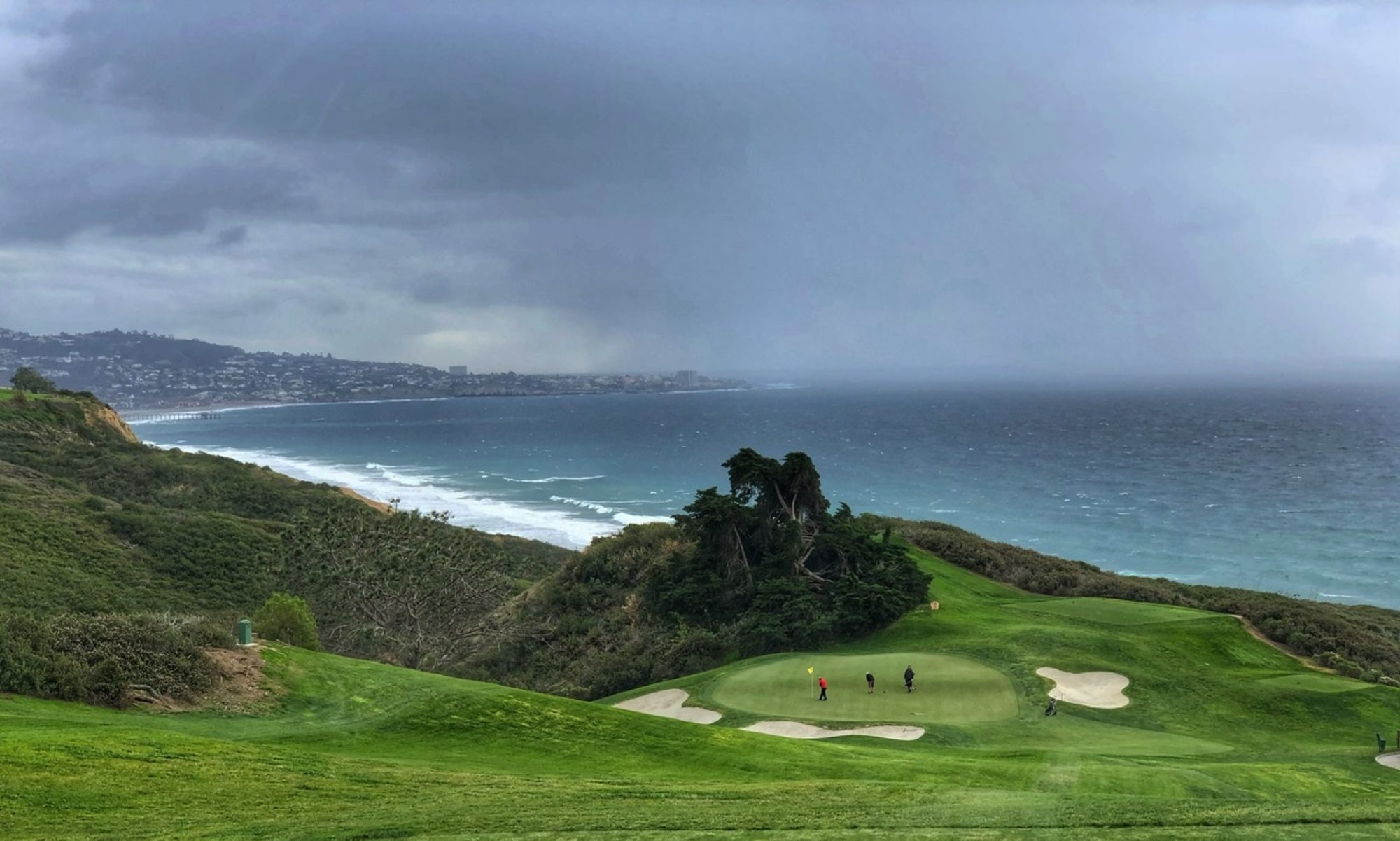:
Early Fascination as a Pathway to Discovery
Some kids memorize baseball stats. Others can name every dinosaur from Allosaurus to Zuniceratops. I was the kid who memorized the New York City subway map.
Four hundred eighty-six track miles, a tangle of lines more intricate than any anatomy chart, and 472 stations—each with its own personality. I used to sit with that map the way other kids sat with comic books. The G’s lonely green line, the A stretching heroically from Inwood to the ocean breeze of the Rockaways, the way the 4 and 5 shadow each other before peeling off like old friends heading to different boroughs. It wasn’t just a system of rails; it was a world of possibility.
Funny thing is, I now have a grandson with the same spark—except his passion lives on the streets and in the skies. At four, he stands on the curb like a miniature car sommelier, announcing make, model, and year before most adults could even identify the color. He studies maps like treasure charts, and when a plane crosses his field of vision, he looks up as if receiving a transmission from some aeronautical muse. He’s never been to San Diego—but when he finally visits, he’ll find it a transportation playground.
How Transportation Curiosity Shapes Learning
There’s something powerful about that kind of early fascination. People think it’s a hobby. But really, it’s a honing mechanism. When a child becomes obsessed with the mechanics of how things move—cars, buses, trains, planes—they’re not just naming machines. They’re building neural circuitry for attention, pattern recognition, systems thinking. They’re learning to follow a thread from point A to point B, and—without realizing it—training themselves for the long game: the ability to learn deeply, persistently, joyfully.
Transportation has always been more than conveyance. It’s a metaphor for growth. Anything that takes you from one place to another reminds you that there are other places, other ideas, other horizons waiting. Whether it’s a subway snaking under Manhattan or a plane banking over Mission Bay, movement awakens possibility.
The journey itself becomes a teacher.
A Few Stops of NYC Subway Trivia
The New York City subway—my first great teacher—remains a marvel. A few favorite bits of trivia:
- The A train still holds the title for the longest uninterrupted ride in the system—over 32 miles from tip to sea.
- Times Square is the busiest station, but the deepest is 191st Street in Washington Heights, sitting 180 feet below ground.
- The 6 train still makes the elegant “City Hall loop,” passing through a hidden 1904 station closed since 1945.
- And Fulton Center is one of the few places where more than nine different services intersect, creating a kind of transit symphony.
Maps, tracks, transfers—they were my first textbook.
A Balcony Classroom Awaits
Today, my vantage point is different. From a condo on 6th Avenue beside Balboa Park in San Diego, cars glide past in a steady parade. And every few minutes, a plane descends toward the airport, banking low enough to cast a brief shadow across the street. It’s a living exhibit in motion: automotive, aerial, and constant.
Someday, when my grandson finally visits San Diego, he’ll sit on that balcony for the first time. He’ll watch the cars flow by and begin identifying each one with the effortless precision he’s already mastered. He’ll look skyward and recognize the aircraft type, the engines, maybe even its probable origin and destination.
And from that mosaic of motion, he’ll continue his own journey—moving toward new ideas, new abilities, new horizons.
Because transportation, at its core, is a promise:
that where you begin is never where you have to end.
Sometimes all it takes is a subway map, a passing car, or the shadow of a jet to set a lifelong journey in motion.
























